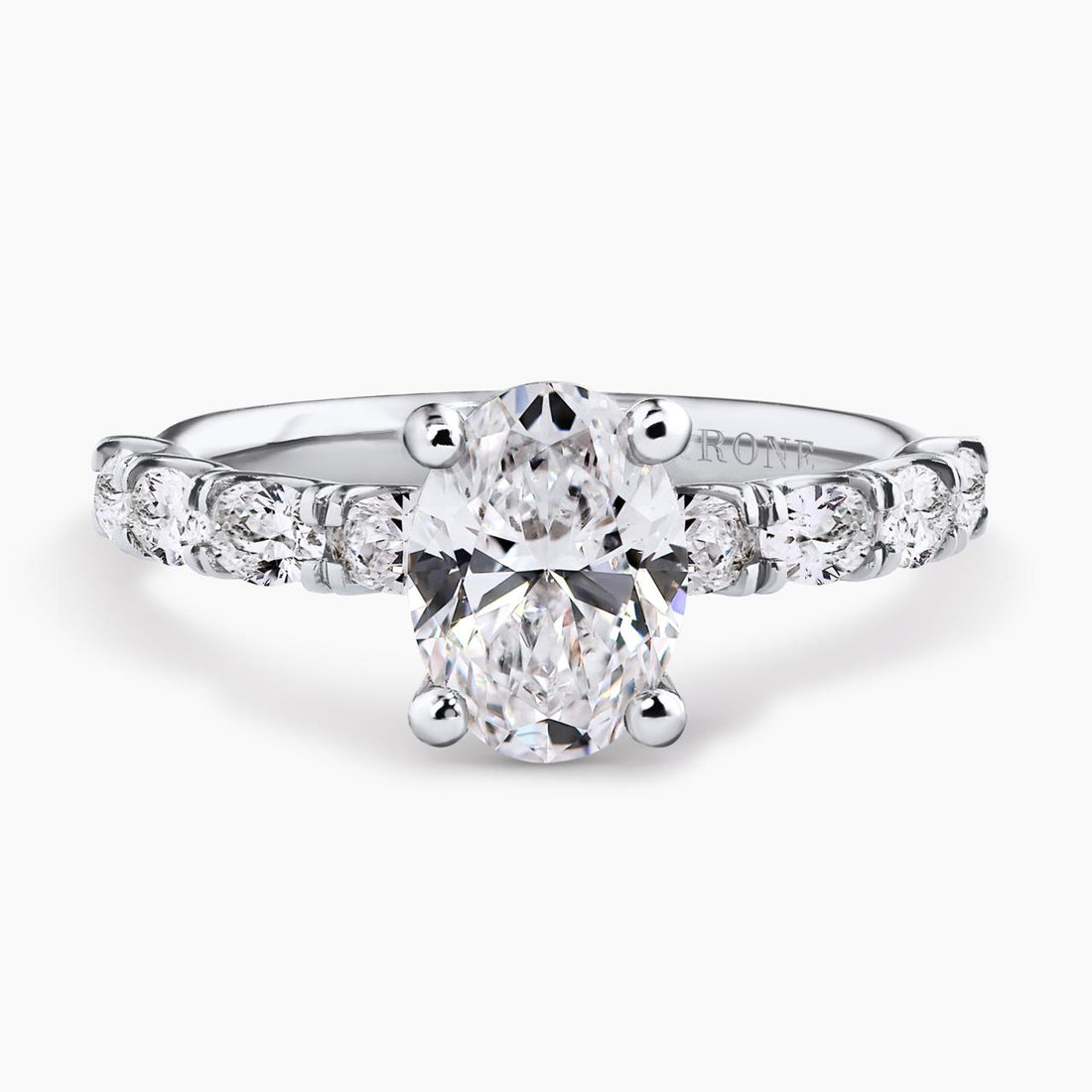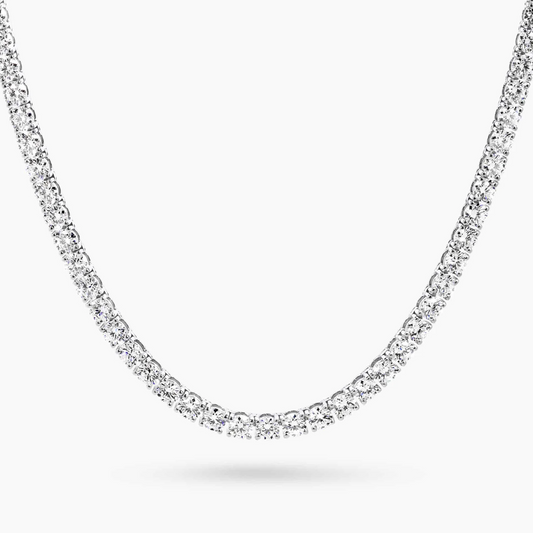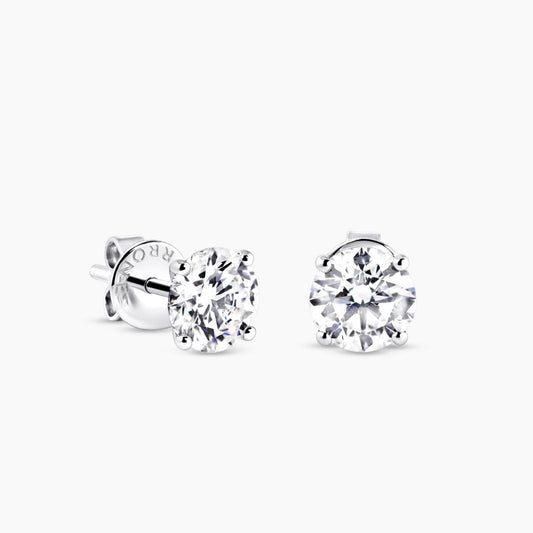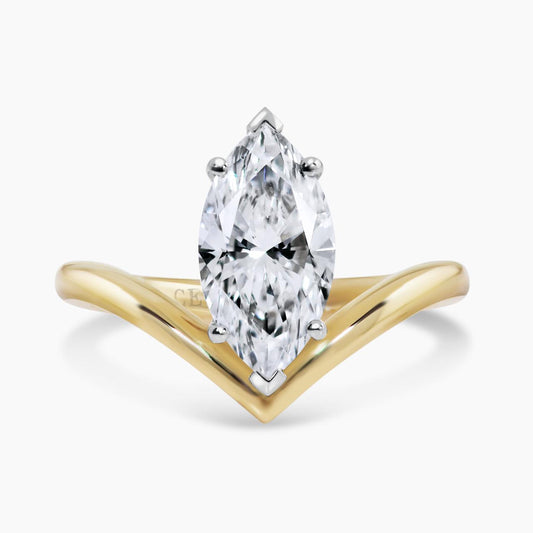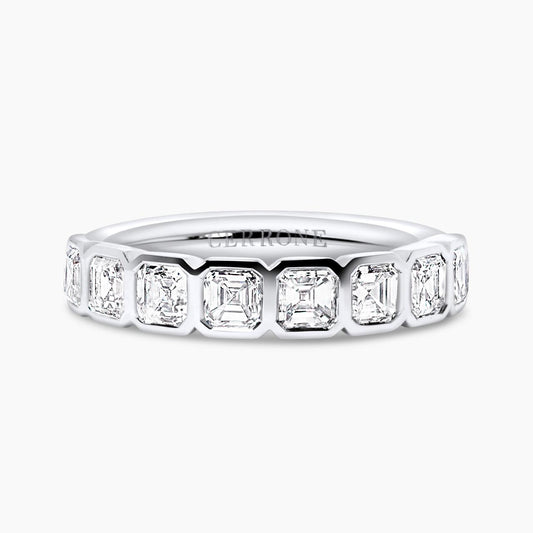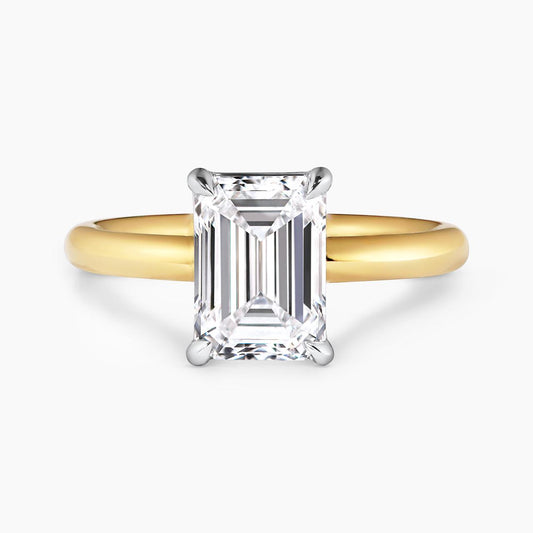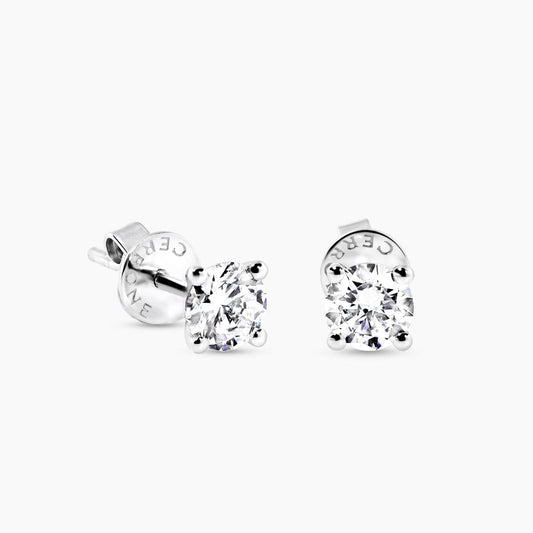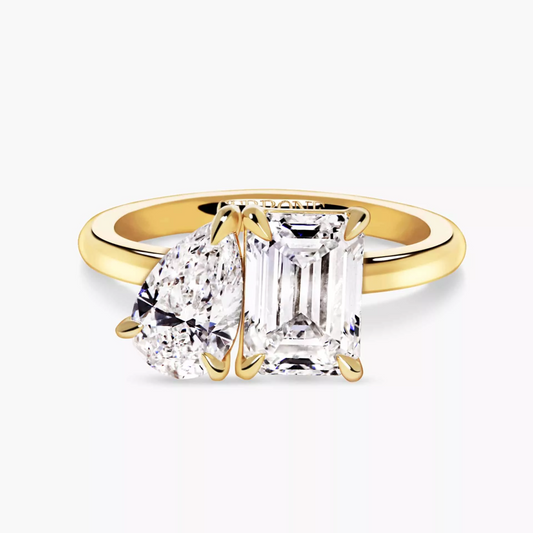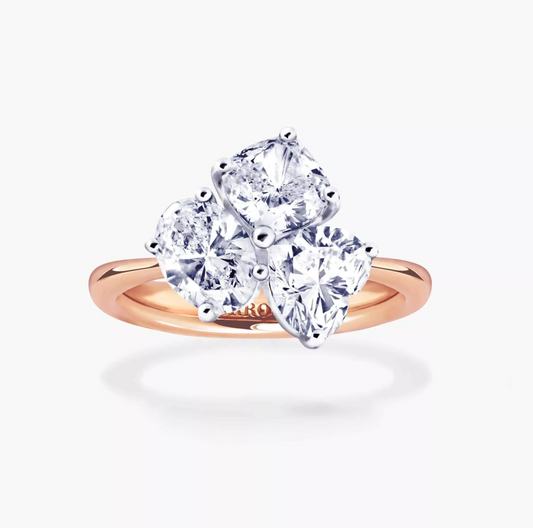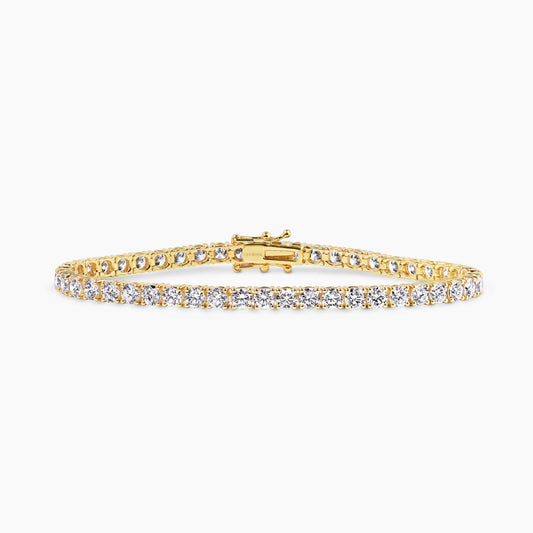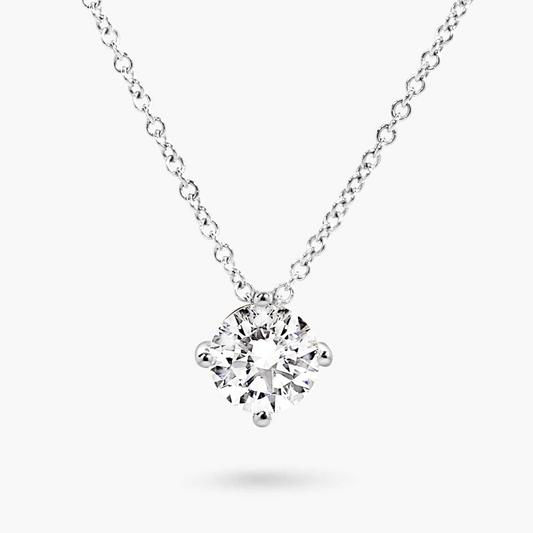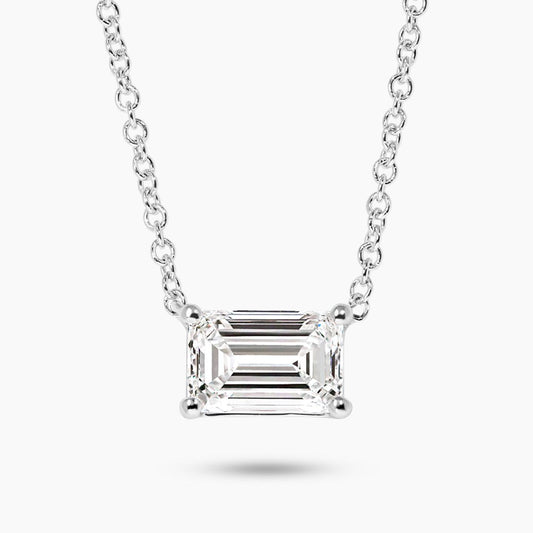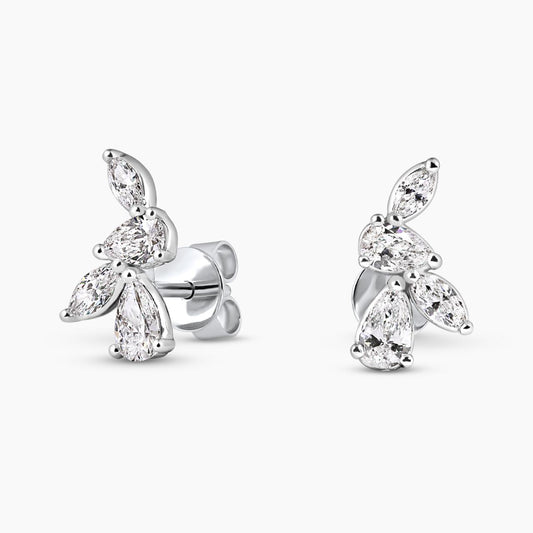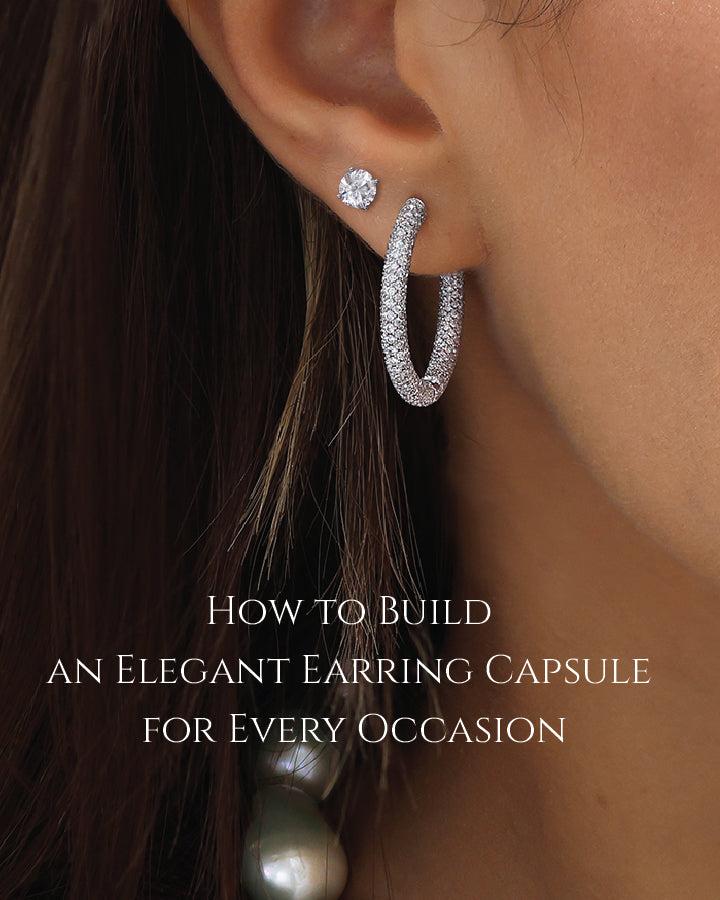-
18ct white gold 17.62ct lab grown diamond tennis necklace in a four claw setting
Regular price A$30,100Sale price A$30,100 Regular priceUnit price perA -
18ct yellow and white gold lab grown round brilliant cut diamond hook earrings
Regular price A$2,300Sale price A$2,300 Regular priceUnit price perA -
18ct white gold baguette and round cut LAB Diamonds ear cuff
Regular price A$2,100Sale price A$2,100 Regular priceUnit price perA -
18ct yellow gold lab grown round brilliant cut diamond ring
Regular price A$5,100Sale price A$5,100 Regular priceUnit price perA -
18ct white gold 2=3.10ct LAB Diamond stud earrings in a four claw setting
Regular price A$5,900Sale price A$5,900 Regular priceUnit price perA -
EYE OF THE TIGER - 18ct yellow gold marquise LAB diamond solitaire ring
Regular price A$4,900Sale price A$4,900 Regular priceUnit price perA -
18ct yellow and white gold lab grown marquise cut diamond solitaire ring
Regular price A$6,600Sale price A$6,600 Regular priceUnit price perA -
18ct white gold Asscher cut lab grown diamond ring
Regular price A$5,300Sale price A$5,300 Regular priceUnit price perA -
TIVOLI - 18ct yellow and white gold lab grown diamond solitaire ring.
Regular price A$17,400Sale price A$17,400 Regular priceUnit price perA -
18ct white gold 2=1.01ct EF VS round brilliant cut LAB Grown diamond stud earrings in a four claw setting
Regular price A$1,800Sale price A$1,800 Regular priceUnit price perA -
MILAN DIA - 18ct white gold oval brilliant cut lab grown diamond with claw set natural diamond hidden halo and band ring.
Regular price A$12,000Sale price A$12,000 Regular priceUnit price perA -
18ct yellow gold emerald and pear cut LAB diamond ring
Regular price A$6,800Sale price A$6,800 Regular priceUnit price perA -
18ct yellow gold 2=1.44ct EF VS LAB Grown Round Brilliant Cut Diamond stud earrings in a four claw setting
Regular price A$2,100Sale price A$2,100 Regular priceUnit price perA -
18ct yellow gold 48= 8.10ct round brilliant cut LAB Grown Diamond tennis bracelet in a four claw setting
Regular price A$10,400Sale price A$10,400 Regular priceUnit price perA -
18ct white gold 2=0.82ct round brilliant cut lab grown diamond stud earrings
Regular price A$1,600Sale price A$1,600 Regular priceUnit price perA -
18ct white gold 3.10ct round brilliant cut lab grown diamond ring
Regular price A$8,550Sale price A$8,550 Regular priceUnit price perA -
18ct white gold 1.15ct F VS2 emerald cut LAB Grown diamond necklace
Regular price A$3,200Sale price A$3,200 Regular priceUnit price perA -
18ct white gold 1.22ct DF VS1 round brilliant cut LAB Grown Diamonds hook earrings
Regular price A$2,400Sale price A$2,400 Regular priceUnit price perA -
18ct yellow and white gold 0.92ct DF VS1 round brilliant cut LAB Grown Diamond hook earrings
Regular price A$1,820Sale price A$1,820 Regular priceUnit price perA -
18ct white gold marquise and pear shaped LAB Grown Diamonds stud earrings
Regular price A$3,400Sale price A$3,400 Regular priceUnit price perA
Displaying 24 of 55 products
Loading...


